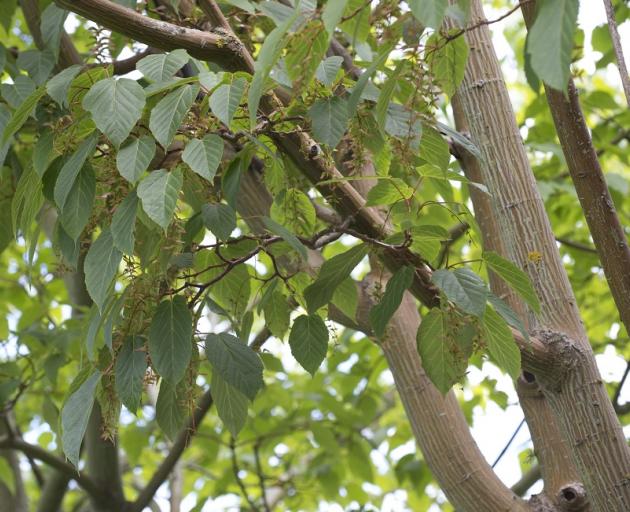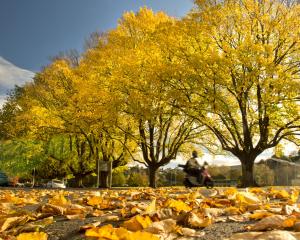
He was the son of a doctor who encouraged his early enthusiasm for natural history.
In his mid-20s he was ordained, taking his vows as a Lazarist and spent 10 years teaching science at a Jesuit College in Savona on the Italian Riviera.
During this time his knowledge in the natural sciences of zoology, botany and geology became well-known among the scientific community in Italy and France.
In 1861 he was sent to China as a science teacher in a French missionary school in what is now Beijing, where he was allowed to make collections in his spare time for the Musee d’Histoire Naturelle in Paris.
Father David made three plant-hunting expeditions. He restricted his searches to small areas; he was methodical, and his documentation detailed. He collected over 1500 types of plants and his herbarium collection was the largest to be sent out of China.
He described the dove or handkerchief tree, Davidia involucrata, later introduced to Europe by E.H. Wilson for the Veitch Nursery.
Several species he collected or described have since been named in his honour such as davidii and armandii.
There is a specimen of Davidia involucrata in the azalea garden and in the lower garden car park borders there are five snake bark maples, Acer davidii.
Fr David not only discovered plants but was the first to report the giant panda to the Western world.
Garden Life is produced by Dunedin Botanic Garden.
For further Information contact David Askin.










